02:40
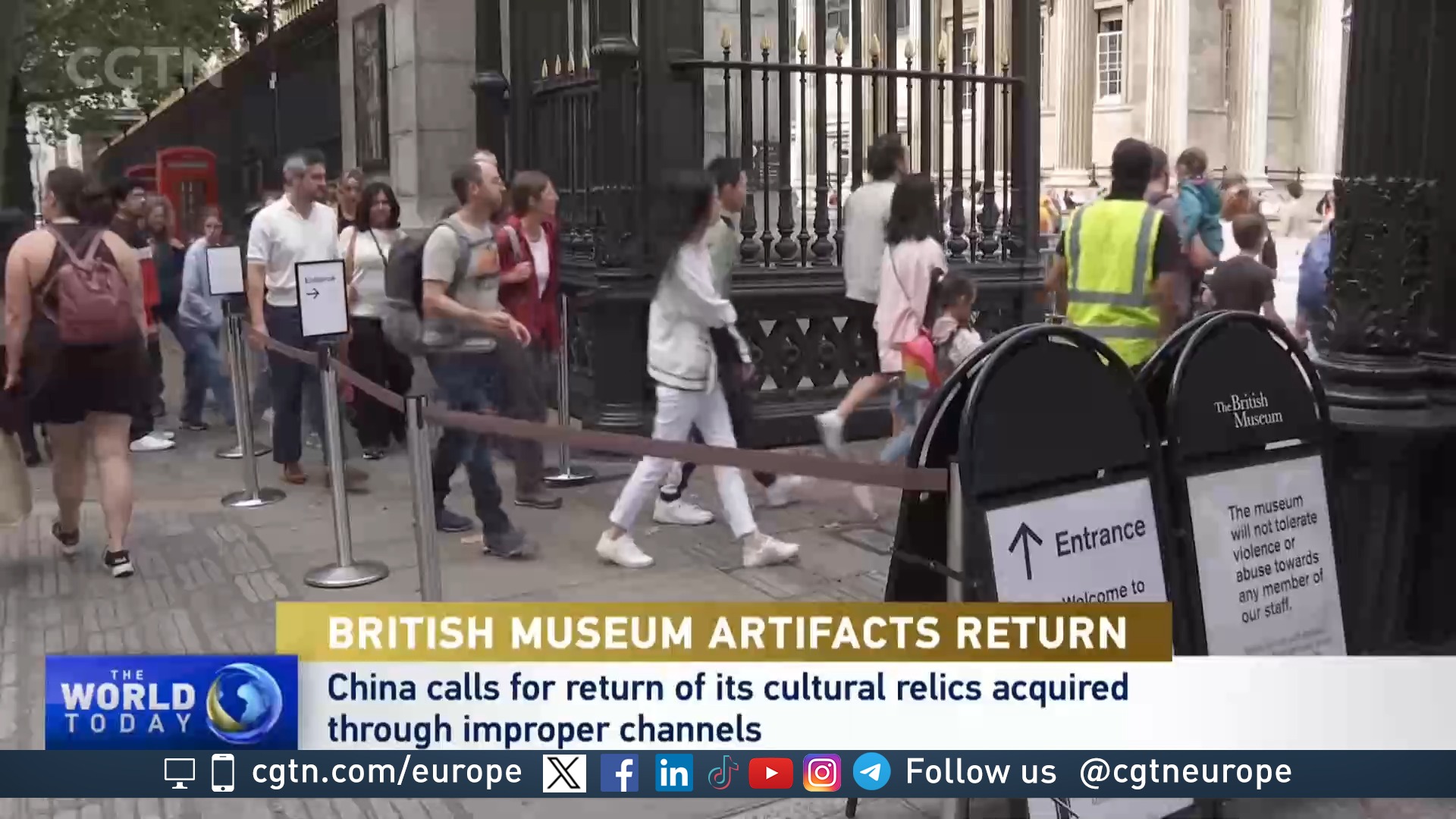
The resignation of the director of the British Museum following an apparent years-long looting spree by one of his own staff has added fuel to demands for the organization to return items taken from other countries.
Chinese newspaper The Global Times published an editorial this week demanding all items illegally acquired from China should be immediately returned for free.
A search for "China" on the British Museum's online catalogue, which documents a little over half of the eight million items held there, returns 43,685 results. The vast majority of these are not usually on display to the general public.
In a statement to CGTN, a spokesperson for the museum said: "The British Museum understands and recognizes the significance of the issues surrounding the return of objects, and works with communities, colleagues and museums across the globe to share the collection as widely as possible."

Ru ware is seen as among the most exquisite ceramics ever created /British Museum
Ru ware is seen as among the most exquisite ceramics ever created /British Museum
The list below is based on some of the objects picked out by the website as highlights of its Chinese collections:
A Ru ware bowl stand dating back around 1,000 years. Ru ware, prized by emperors, is so rare that only 100 items survive across the world. The jade coloring is the result of constant experimenting by expert kiln workers.
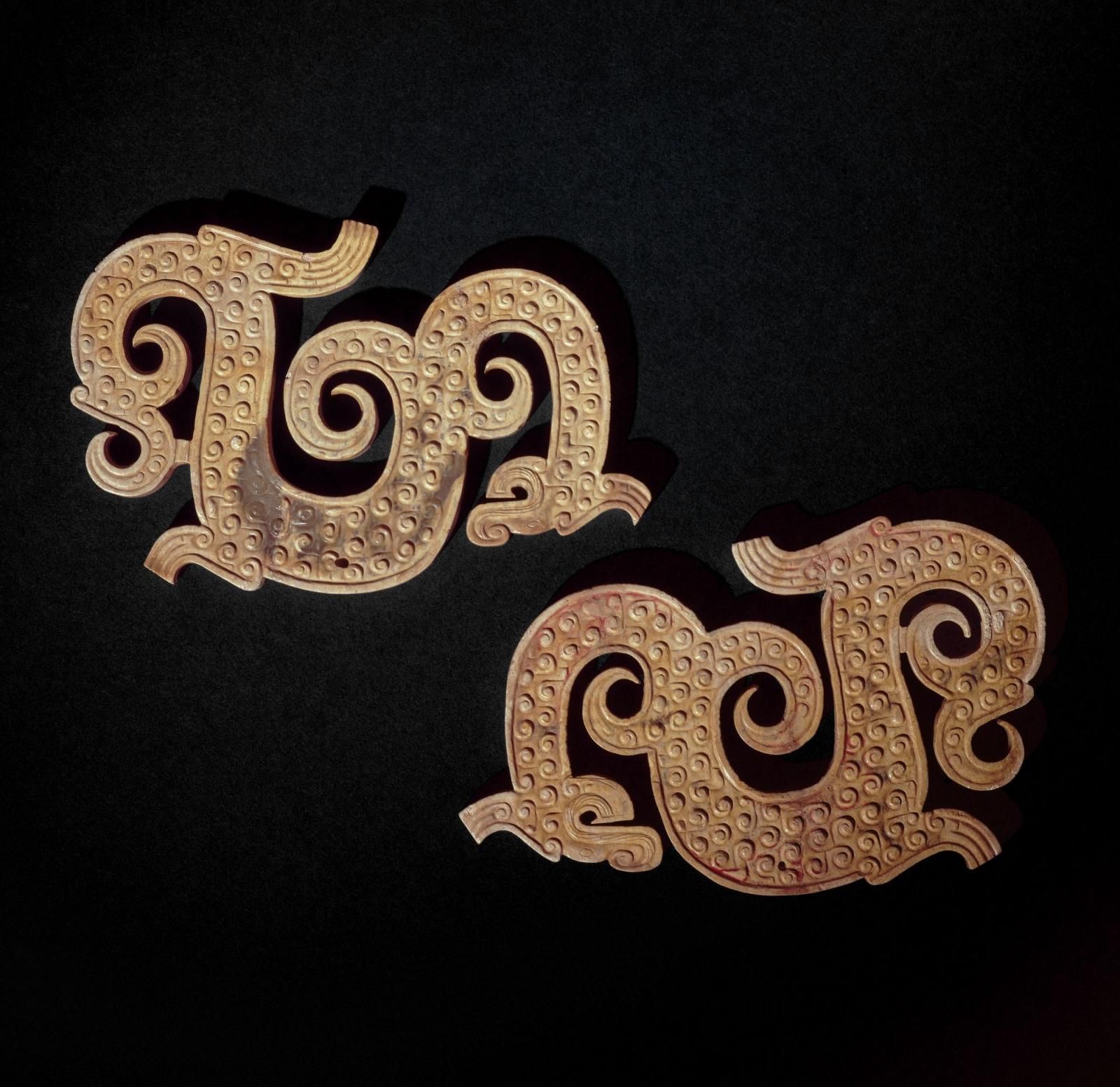
The pendants showcase the craftsmanship of artists more than two millennia ago /British Museum
The pendants showcase the craftsmanship of artists more than two millennia ago /British Museum
A pair of jade dragon pendants which are at least 2,200 years old from the Eastern Zhou period. The museum says such items are "very rare" and only found in the tombs of elite members of society.
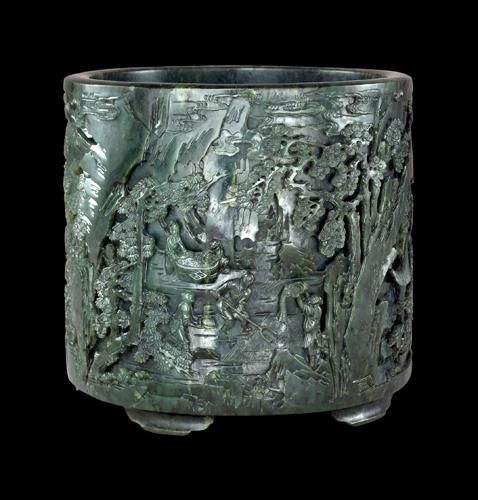
The brushpot appears to transform a painting into three dimensions /British Museum
The brushpot appears to transform a painting into three dimensions /British Museum
This brushpot, carved from jade dates from the 18th century and is believed to show scenes from a manual on farming. It shows agricultural workers processing grain. It is not on display in the museum.
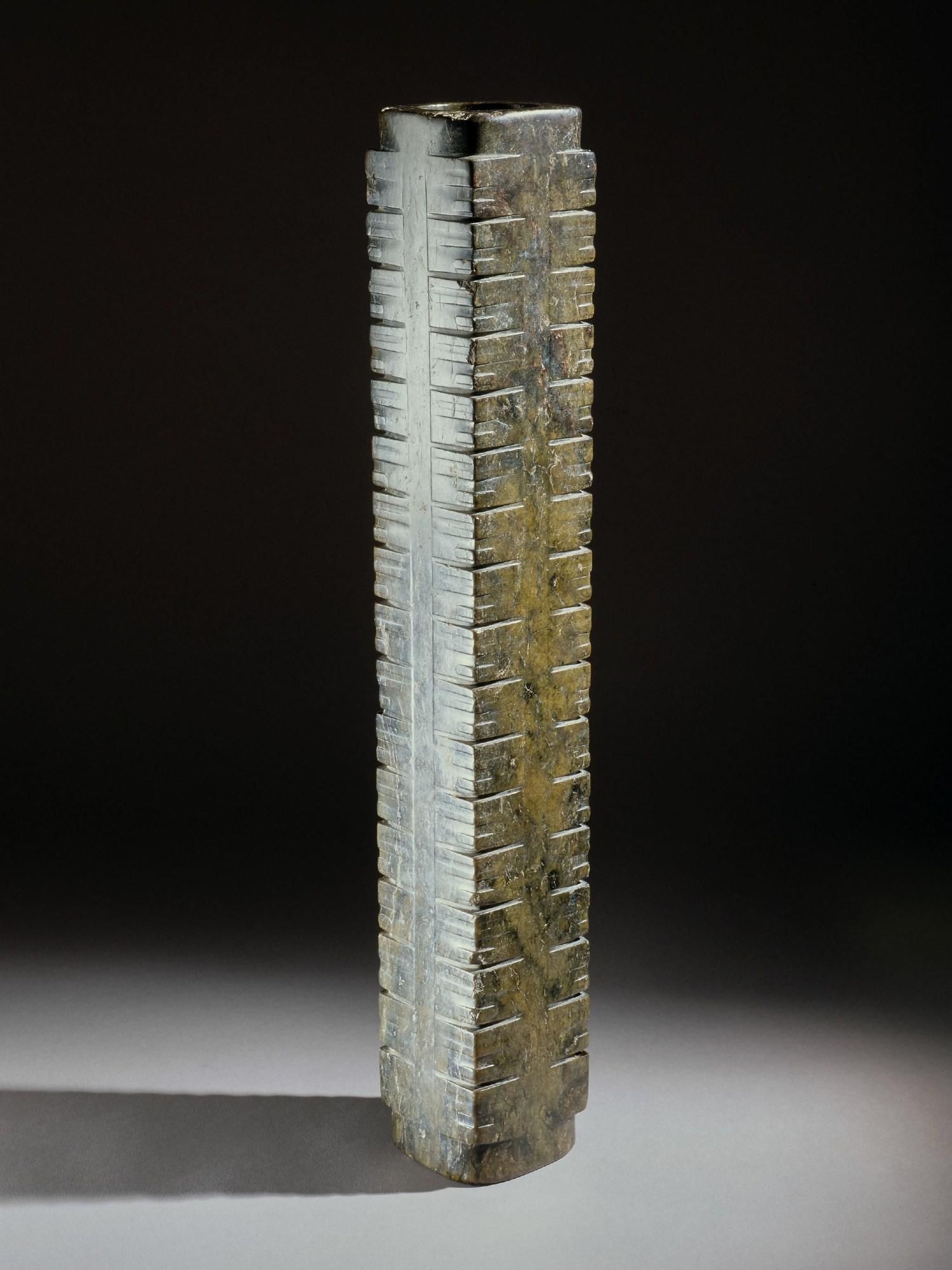
The Jade cong is believed to have served a ceremonial purpose or to have been a symbol of status /British Museum
The Jade cong is believed to have served a ceremonial purpose or to have been a symbol of status /British Museum
A jade cong, or square tube dating back as far as 3,300 BC which is believed to have been unearthed in a tomb around a century ago in Jiangsu. Several other western museums, have similar examples, the website notes.
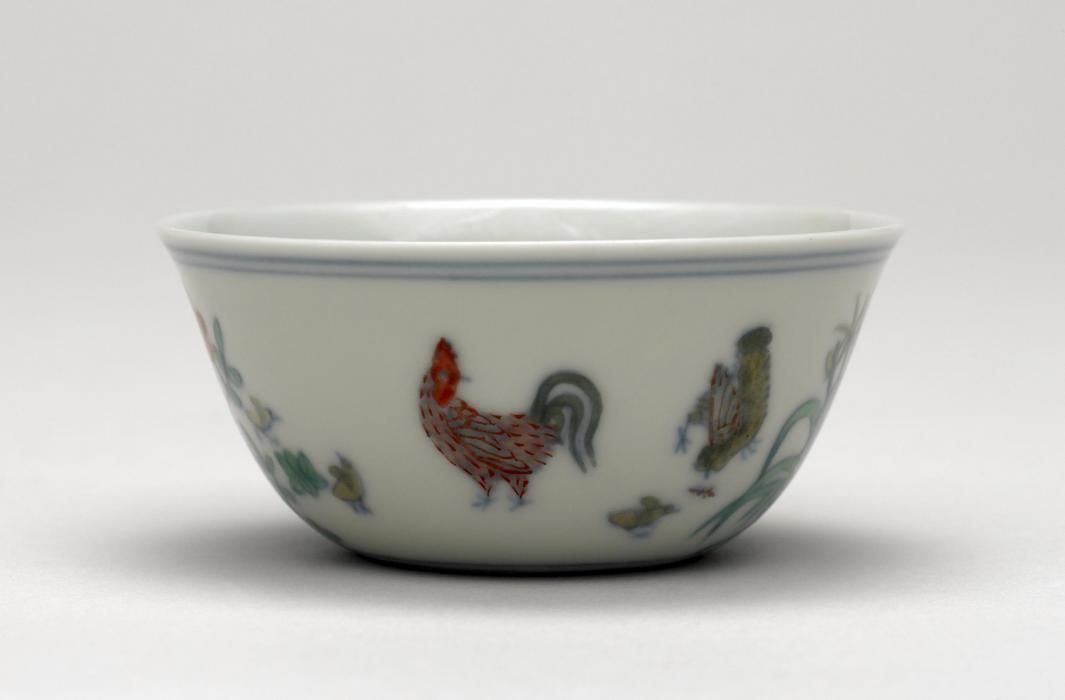
Artists used different layers to create the effects on this wine cup /British Museum
Artists used different layers to create the effects on this wine cup /British Museum
This wine cup is decorated with a rooster, hens and chicks and was manufactured during the Ming dynasty. The museum notes that similar items are exceedingly rare because workers at the emperor's kilns smashed any deemed substandard rather than allow them to be sold.
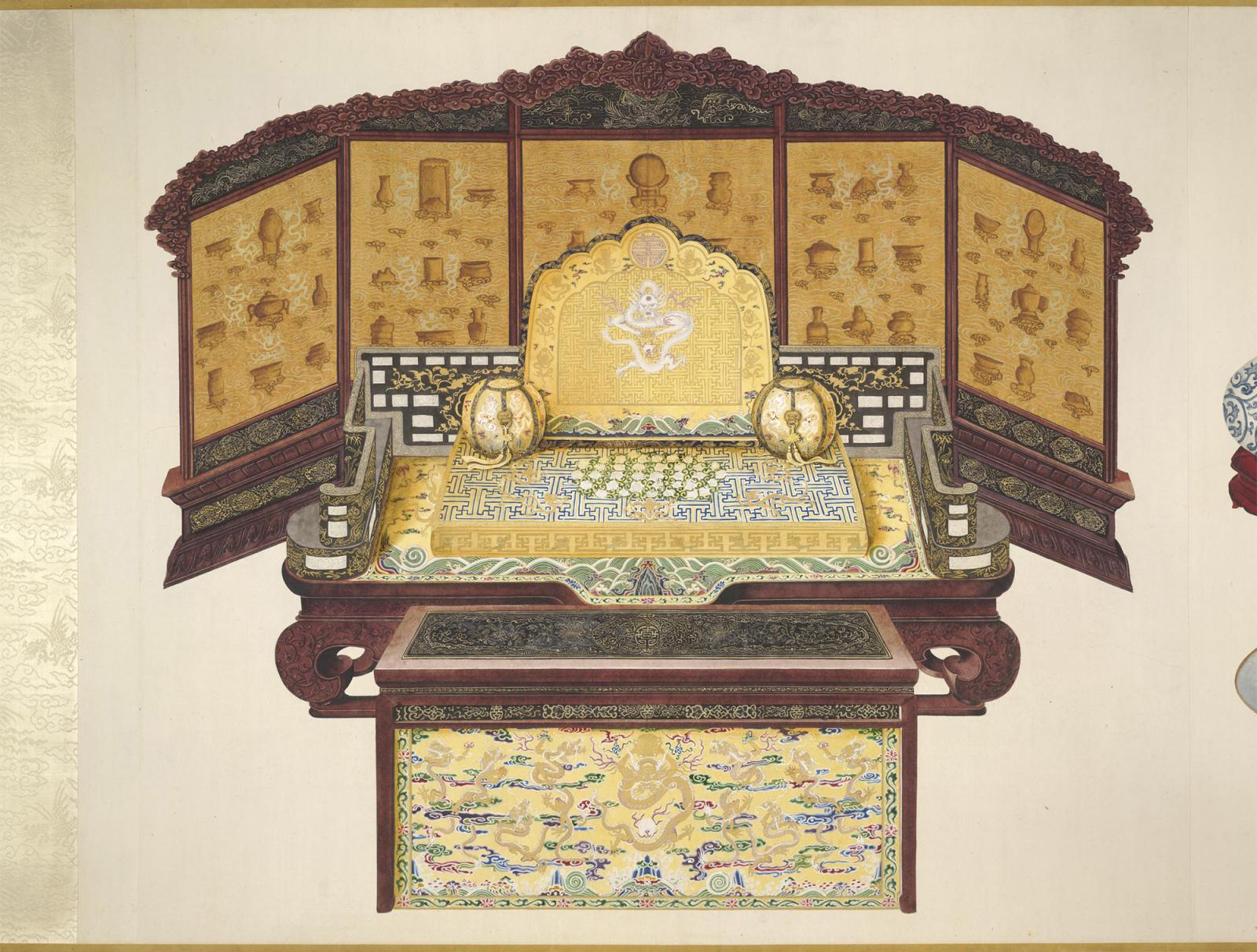
At least one of the items in this painting may be in the museum's collection /British Museum
At least one of the items in this painting may be in the museum's collection /British Museum
The painting is part of a series depicting a huge collection of beautiful objects. Made in Beijing, it is unknown how many others were produced although the website says one is on display in the Victoria and Albert Museum in London.
How the items were obtained:
On its website, the museum does not record how it acquired individual pieces although it does say that generally three methods were used. They are:
Bequests and donations - these are items given to the museum from private sources. These could originally have been acquired in a variety of ways including legitimate sales or theft or looting.
Excavation - objects uncovered during research work involving the museum. Historically there were disputes over how some of this work was authorized.
Collecting - which appears to be a catch-all term for everything not included above.
The museum's statement also said it acknowledges the complex histories of objects in its collection, "the debate about restitution raises important and nuanced questions around objects and collections which are looked after in many countries around the world."

Subscribe to Storyboard: A weekly newsletter bringing you the best of CGTN every Friday